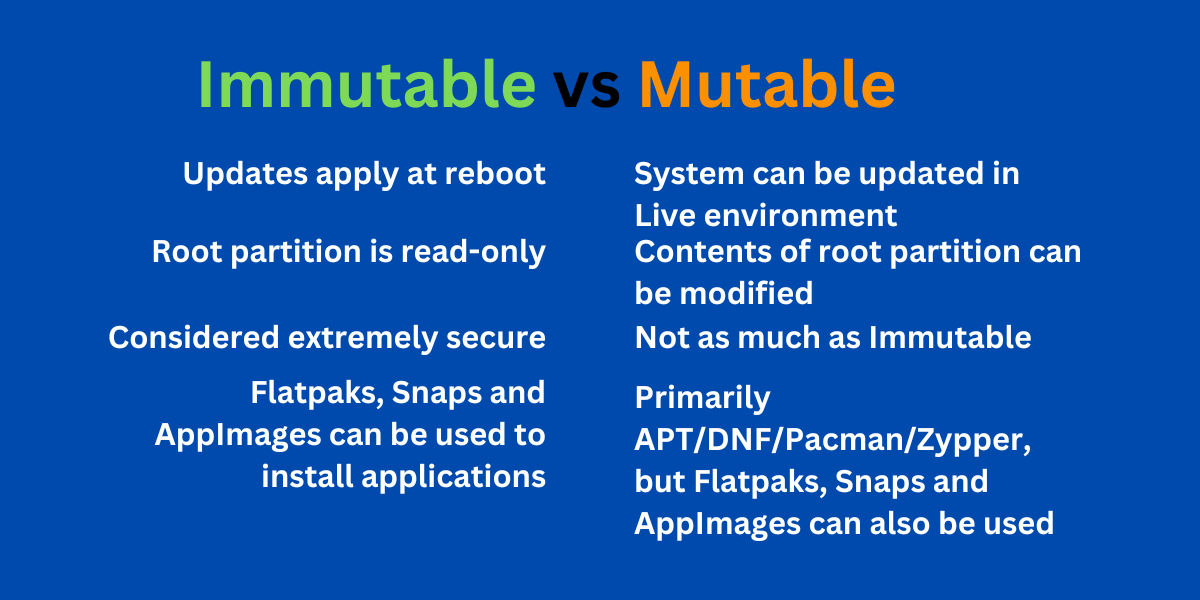this post was submitted on 13 Jan 2025
365 points (94.6% liked)
Linux
49051 readers
440 users here now
From Wikipedia, the free encyclopedia
Linux is a family of open source Unix-like operating systems based on the Linux kernel, an operating system kernel first released on September 17, 1991 by Linus Torvalds. Linux is typically packaged in a Linux distribution (or distro for short).
Distributions include the Linux kernel and supporting system software and libraries, many of which are provided by the GNU Project. Many Linux distributions use the word "Linux" in their name, but the Free Software Foundation uses the name GNU/Linux to emphasize the importance of GNU software, causing some controversy.
Rules
- Posts must be relevant to operating systems running the Linux kernel. GNU/Linux or otherwise.
- No misinformation
- No NSFW content
- No hate speech, bigotry, etc
Related Communities
Community icon by Alpár-Etele Méder, licensed under CC BY 3.0
founded 5 years ago
MODERATORS
you are viewing a single comment's thread
view the rest of the comments
view the rest of the comments

Since the idea is that the "root partition" is immutable, serious question:
How do you fix a hardware config issue or a distro packaging / provision issue in an immutable distro?
Several times in my Linux history I've found that, for example, I need to remove package-provided files from the ALSA files in
/usr/share/alsain order for the setup to work with my particular chipset (which has a hardware bug). Other times, I've found that even if I set up a custom.XComposefile in my $HOME, some applications insist on reading the Compose files in/usr/share/X11/localeinstead, which means I need to be able to edit or remove those files. In order to add custom themes, I need to be able to add them to/usr/share/{icons,themes}, since replicating those themes for each $HOME in the system is a notorious waste of space and not all applications seem to respect/usr/local/share. Etc.Unless I'm mistaken on how immutable systems work, I'm not sure immutable systems are really useful to someone who actually wants to or needs to power user Linux, or customize past the "branding locking" that environments like Gnome have been aiming for for like a decade.
My guess would be: have an additional overlay filesystem on top of your immutable root and apply all your fixes to it.